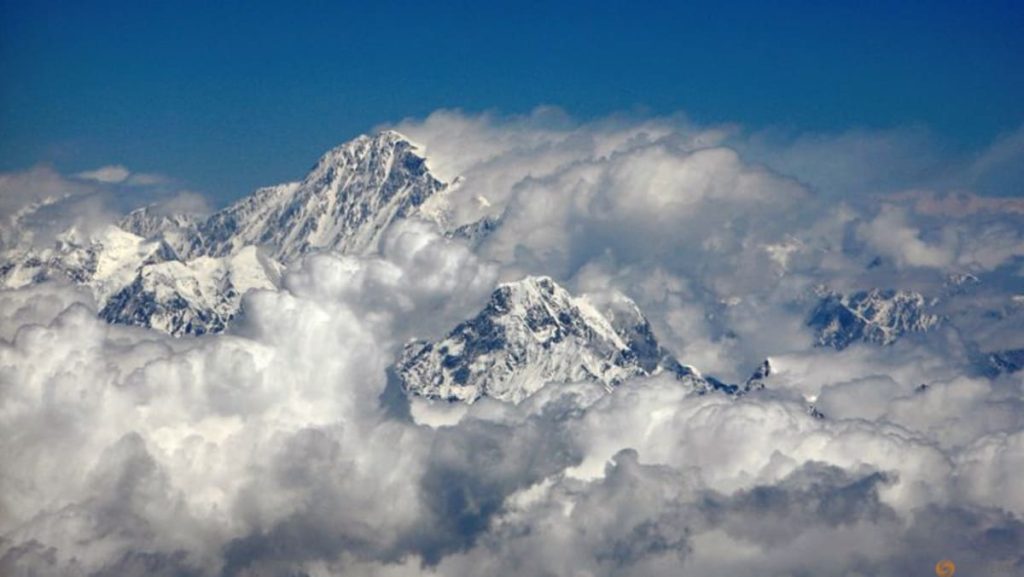Mount Everest, the world’s tallest mountain, is a significant feature that underscores the dynamic nature of our planet. The mountain, also known as Sagarmatha in Nepali and Chomolungma in Tibetan, is located on the border between Nepal and the Tibet Autonomous Region of China. It was named after George Everest, a British surveyor in India during the 19th century. Mount Everest is a representation of Earth’s highest point, giving it immense significance due to its stature. Additionally, the mountain holds cultural significance for local Sherpa and Tibetan communities, and symbolizes the ultimate challenge for those seeking to surpass perceived limits.
The formation of Mount Everest and the Himalayas is a result of Earth’s ever-changing geology, primarily driven by the process of plate tectonics. The rigid outer layer of Earth is divided into massive plates that slowly move over time, leading to the gradual rise of the Himalayan mountain range. This movement is a reminder of the planet’s continuous transformation, often occurring in ways that may not be immediately noticeable in our daily lives. Mount Everest’s creation is a testament to the geological processes that have shaped the Earth’s landscape over millions of years.
Mount Everest’s unique status in human consciousness can be attributed to both its physical and cultural significance. As Earth’s highest point, the mountain holds immense physical importance and is revered by local Sherpa and Tibetan communities for its sacred qualities. Furthermore, globally, Mount Everest is viewed as the ultimate challenge, symbolizing human endurance and the desire to push beyond perceived limitations. The mountain has become synonymous with the relentless pursuit of excellence and the capacity of individuals to overcome seemingly insurmountable obstacles.
Mr. Dai, a researcher, emphasizes the importance of recognizing that even seemingly unchangeable landmarks like Mount Everest are subject to the ever-evolving forces of nature. By understanding the geological processes that have shaped the mountain, we gain a deeper appreciation for Earth’s dynamic nature and the ongoing transformations that occur on our planet. Mount Everest serves as a powerful reminder of the constant changes taking place on Earth, highlighting the resilience and adaptability of the natural world.
The collision of two tectonic plates played a significant role in the formation of the Himalayan mountain range, including Mount Everest. This collision led to the gradual rise of the mountains over millions of years, creating one of the most iconic and challenging peaks in the world. Mount Everest’s history is intricately linked to the geological forces that have shaped the planet, illustrating the interconnectedness of Earth’s processes and how they influence the landscapes we see today.
In conclusion, Mount Everest’s symbolism as the highest point on Earth, its cultural significance to local communities, and its global reputation as the ultimate challenge highlight the mountain’s special place in human consciousness. By understanding the geological processes that have shaped Mount Everest and the surrounding Himalayan range, we can gain a greater appreciation for Earth’s dynamic nature and the enduring changes that occur over time. Mount Everest serves as a powerful reminder of the planet’s continuous transformation and the incredible forces of nature that continue to shape our world.


